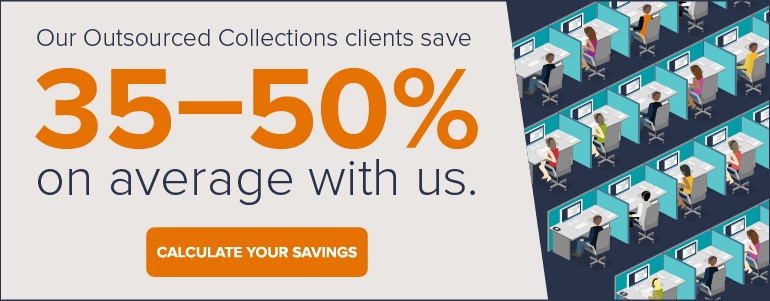Over the past 12–24 months, the financial services industry has witnessed a dramatic shift in customer behaviors and expectations. The pandemic may have accelerated digital adoption, but the lasting i...
Increasing Borrower Retention in Today’s Uncertain Times
Today’s uncertain economic conditions and the continuing effects of the COVID-19 pandemic have left financial institutions scrambling to develop and implement consumer retention strategies to drive revenue.
Social distancing measures put in place to help mitigate the effects of the coronavirus have resulted in borrowers across all demographics being far more comfortable navigating digital landscapes. Today’s tech-savvy consumers expect convenience, personalized service, and digital accessibility. Borrowers’ receptiveness to Fintech platforms performing services that have been traditionally entrusted exclusively to financial institutions is a challenge the financial services sector is currently adapting to.
Increasing borrower retention is particularly important as we turn toward an ambiguous economic future. Financial institutions that add value to the lives of their consumers through savvy decision making and marketing, innovative product development, and success tracking are rewarded with loyalty. By forming stronger and deeper relationships with their members, financial institutions are increasing memberships and retaining customers at an impressive rate. In this blog post, we’ll take a look at one group of that often go overlooked when it comes to retention strategies—borrowers with negative account balances.
Top Three Reasons to Retain Borrowers with Overdrawn Accounts
To increase your retention rate, it’s important to look at every aspect of retaining consumers, and one that is often overlooked are borrowers with negative share accounts. Often, a financial institution gives up on this opportunity and is forced to close the account, mostly because they don’t have the resources to facilitate a call out campaign.
So, what if you could retain account holders you might otherwise lose? Collecting on overdrawn accounts is never a desirable task, but we all know that delinquent loans and accounts, and the necessary collection efforts to resolve them, are an inevitable part of the financial institution’s processes. While most financial institutions don’t put collecting on overdrawn accounts at the top of their list of priorities, here are the top three reasons why you should consider it:
1. It’s less expensive than acquiring new business
Salvaging relationships with consumers who have negative balances is typically much less expensive than acquiring new business. In fact, according to ProfitWell, acquiring new business costs about five times more than retaining existing customer relationships. They also found customer retention has a better ROI, with a 5% increase in retention rates leading to a profit increase of up to 95%!
2. You avoid the negative impact of losing a consumer
If a consumer walks away from an overdrawn account you could:
- Lose any future business and revenue opportunities with them
- Experience a loss of reputation if the consumer feels he or she was not fully informed throughout the process or given a full opportunity to rectify the matter
- Damage your consumer’s ability to open another checking account for up to seven years—perhaps due to a simple misunderstanding
Related Reading: Working With Borrowers Hit Hard by Financial Hardship
3. It can help your institution mitigate potential financial losses.
Much like loan delinquency, when it comes to overdrawn checking accounts, avoiding charge-offs is critical to keeping losses low. With all borrower accounts, the obvious goal is to create income rather than experience a financial loss. Further, resolving these accounts gives you the financial benefits of reengaging these consumers for potential product sales in the future once their financial situation is more secure.
Preserving the relationships with all of your borrowers—even the ones who may have let their accounts slip into a negative balance—has many benefits, both monetary, and non-monetary. Visit our website to learn more!
Jonathan Barkley
Jonathan Barkley is the Account Vice President for SWBC's Mid-Market Accounts. Jonathan is passionate about building mutually beneficial relationships and works diligently to provide exceptional client satisfaction. Prior to joining the Sales Team, Jonathan worked in our Collections Division where he was our Division Manager of Client Relations. Jonathan’s consultative approach ensures clients understand the outstanding benefits and advantages SWBC offers.


Let Us Know What You Thought about this Post.
Put your Comment Below.